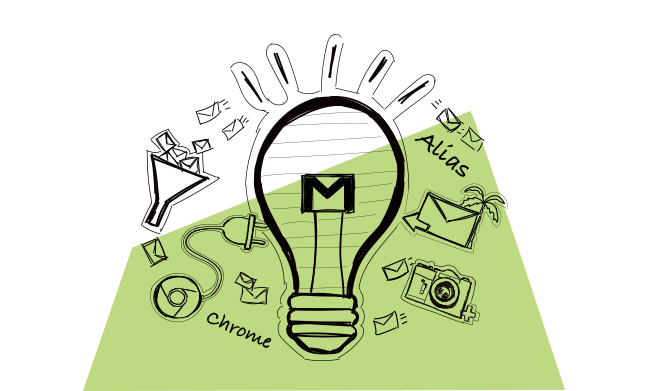Join a live webinar with our CEO, Clay and ColdIQ about Multichannel Outreach
Send first 50 emails for free
Try Woodpecker for 7 days

SMTP & IMAP: What Is It? How Does It Work?
SMTP & IMAP are the two main protocols that allow you to send and receive emails. Why am I even writing about this? Well, sometimes we take crucial things for granted. We use them every day and don't ever think about how they work. I believe that this is one of such things. And I think that it's worth understanding how sending your emails works, especially if you send a lot of them as a part of your job.

What is DKIM, SPF & DMARC? And How to Set Them Up
This is serious. This is about your email deliverability. I know from my own experience that these acronyms may sound unfamiliar, scary and may seem totally uninteresting. Or maybe they sound familiar, but you never cared enough to check what they really are. Either way, it's time to learn a bit about what SPF, DKIM and DMARC are and how to set them up in your DNS records for your mail server, if you want to have better control over your email deliverability.

How & When to Test Email Deliverability? List of Tools & Alternatives
Are you taking good care of your cold email campaigns’ delivery rates? There are a few tools our team uses to help Woodpecker customers test email deliverability and improve it. In this post, we share this list with you and explain how & when you can use email deliverability tools by yourself.

What is DNS? How Does It Work? – Short Guide for Beginners
Are you worried you won’t get what DNS is all about because you’re not a tech-savvy person? Well, neither am I. It’s for other people like me that I did my best to get to the bottom of this topic and explain it in plain English, as simply as possible. So set your worries aside and dig in.

6 Little Known Ways You Can Use Woodpecker to Grow Your Business
Some time ago Cathy wrote about what SaaS businesses can use cold emails for, other than outbound lead generation. Here’s a handful of other use cases that I hope will inspire you to, perhaps, look out of the scope of jobs Woodpecker usually does for you. Dig in.

Four G Suite Tips For Cold Email Senders
Gmail has more than 1.5 billion users. Are you one of them? If yes, you may find this post quite interesting, because today I will focus on a bunch of handy G Suite tips for cold email outreach.

Land High-Quality SEO Clients With This Cold Email Tactic
For any SEO agency to thrive, it needs a steady flow of customers. Recently, I've been contacted by Rad Basta, CEO of Four Dots, who kindly described how an SEO agency can do to get high-quality clients. Here's what his process looks like.